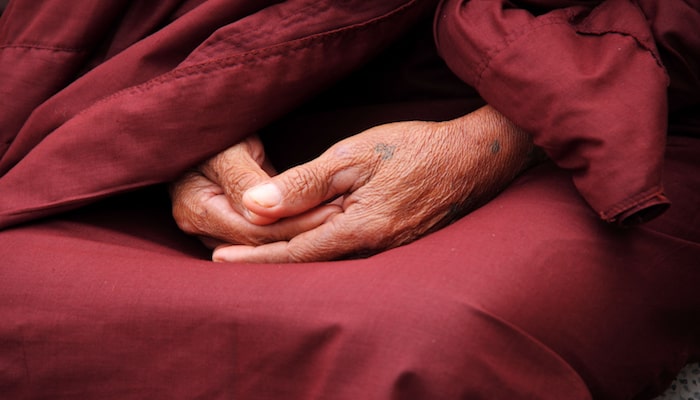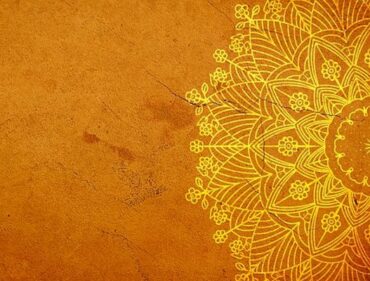Blog: Aging Gracefully In A Youth Culture
By Laura Chandler
In a recent article in The Atlantic titled, “Your Professional Decline is Coming (Much) Sooner Than You Think” (July 2019), the author, Arthur Brooks, looks for a silver lining as he explores the idea of his own unavoidable decline and the loss of relevance he will suffer in old age. His investigation takes him to different psychological principles, Darwin’s theory of evolution, happiness studies, and ultimately to an Indian guru, Acharya. His question to this master was this: “Many people of achievement suffer as they age, because they lose their abilities, gained over many years of hard work. Is this suffering inescapable, like a cosmic joke on the proud? Or is there a loophole somewhere—a way around the suffering?”
From Acharya he learned about the Ashramas, the stages of life in Hindu practice. The first is Brahmacharya, the time of youth dedicated to learning. The second is Grihastha, a time when one builds a career, accumulates wealth, and creates a family. The third stage is Vanaprastha, starting around age 50, when the focus moves from career to spirituality, service, and wisdom. This stage prepares us for the last state, Sannyasa, which is dedicated to the development of the soul in preparation for death.
As I read this article, I couldn’t help thinking about how our contemporary culture is almost wholly focused on the second worldly accumulation stage, and that is where most of us remain for our entire lives. Our culture prizes youth, competition, and success. We have lost sight of the value of the accumulated wisdom that comes with age, the importance of self-reflection and inner contemplation, and we have no real practices for approaching death. In fact, we run from death by staying in that mid-level stage, distracting ourselves by buying things, trying to look good, be cool, and not age.
In 2015, I lived with eight Tibetan monks for almost a year, and remember a conversation I had with some of them about death. I said something I thought was pretty advanced for a Westerner, “I am practicing to die consciously.” And the youngest of the monks smiled sweetly and said, “All monks know how to do that. We are working on generating the karmic circumstances of our next life so that we are born into a situation that will be most conducive to continuing our evolution towards enlightenment.” “Oh” I thought, “I’ve got some work to do.”
Perspective is everything. When we see our lives as having meaning beyond the personal, beyond being seen as important or successful or pretty or whatever distracts us for those few moments by making us feel good, and instead are able to see our intrinsic value and the significance of this life, then we have the opportunity to loosen the grip of irrelevance.
We can see what we have left to work on in this lifetime, particularly in our later years. We might continue to work, or spend more time in contemplation, or focus on altruistic endeavors. There is no right or wrong thing to do; it’s just the shift in consciousness that comes when we truly move from the second stage to the third and fourth stages described by the Hindu Ashramas.
Maybe the gist of it all is that in our youth, we are more externally focused and derive our sense of self from how others respond to us. But if we do it right as we age, we will move past that stage and no longer rely on external feedback to know ourselves and our intrinsic value. In this way, we become more internally referencing and no longer need the feedback from our peers—it can be there or not, but it is not relevant to who we are as human beings. When we arrive at this place of internal focus and peace within, our accomplishments in the world no longer define us, and the struggle with relevance, as described by Brooks, ceases to exist.
ENJOYING THE STREAM OF CONSCIOUSNESS BLOG? SIGN UP FOR FREE UPDATES!



